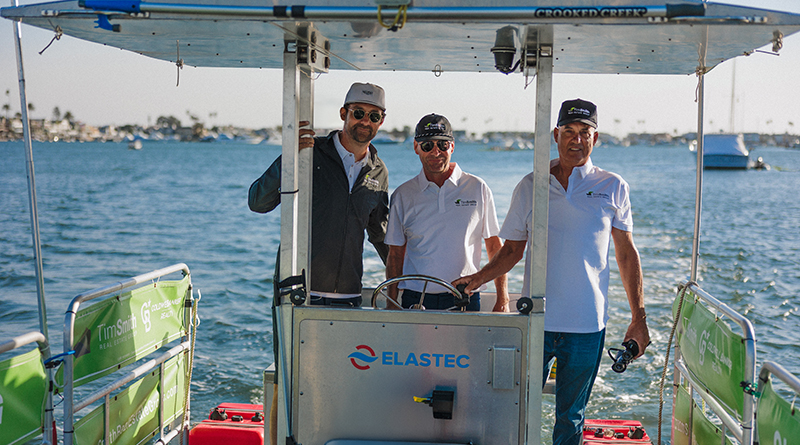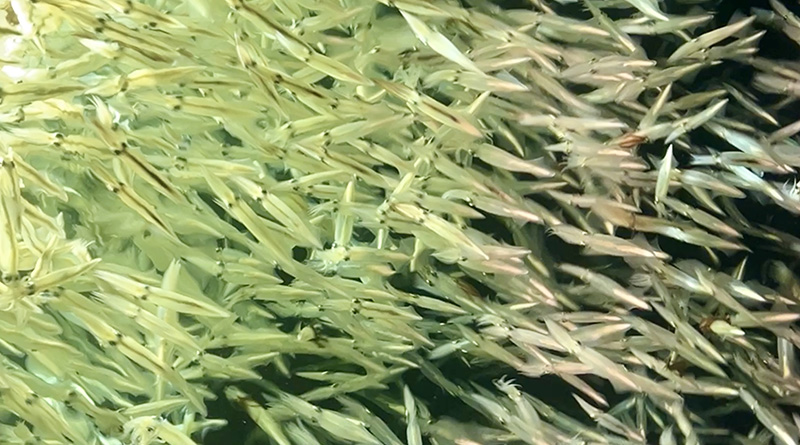Last week, I was out on the boat bottom fishing when my line went taut, and after a spirited fight, I reeled in a calico bass. I spent 5 hours out on the water and reeled up 12 of them. While I practice catch and release, it got me thinking – these fish live so long. If they make it to their potential lifespan of 30 years, how many releases are they going through?
The calicos are a beauty, their mottled green and brown coloring blending seamlessly with the underwater world they call home.
Calico bass, it turns out, are true survivors, a prime example of their adaptability and resilience. Most of these fish I caught were around 14 or 15 inches long, weighing in at about a pound or two. But they can grow much larger, reaching up to 30 inches and tipping the scales at a hefty 10 pounds.
It’s fascinating to think about these fish growing slowly and steadily over years, navigating the challenges of their underwater world. They’re not just dinner; they’re part of a delicate marine ecosystem and their longevity is a testament to their role in maintaining balance. As I gently released the fish back into the water, I couldn’t help but feel a sense of respect for this remarkable creature. It was a reminder of the importance of catch-and-release practices and the need to protect our oceans and their inhabitants.
Catch-and-release fishing is a vital conservation practice that ensures the longevity of fish populations. By returning fish unharmed to their aquatic homes, anglers contribute to the preservation of delicate ecosystems. This practice not only protects biodiversity but also guarantees that future generations of anglers can experience the thrill of the catch.
While determining the exact frequency of a fish being caught and released is incredibly challenging due to numerous variables, factors such as species, habitat, fishing pressure and individual fish behavior all play a significant role.
While there’s no definitive average, studies have shown that certain popular game fish species, like largemouth bass, may be caught and released multiple times within a season. However, this doesn’t necessarily indicate harm to the fish, as responsible catch-and-release practices minimize stress and injury.
It’s important to note that frequent handling can increase the risk of mortality, emphasizing the importance of following best practices for catch and release.







